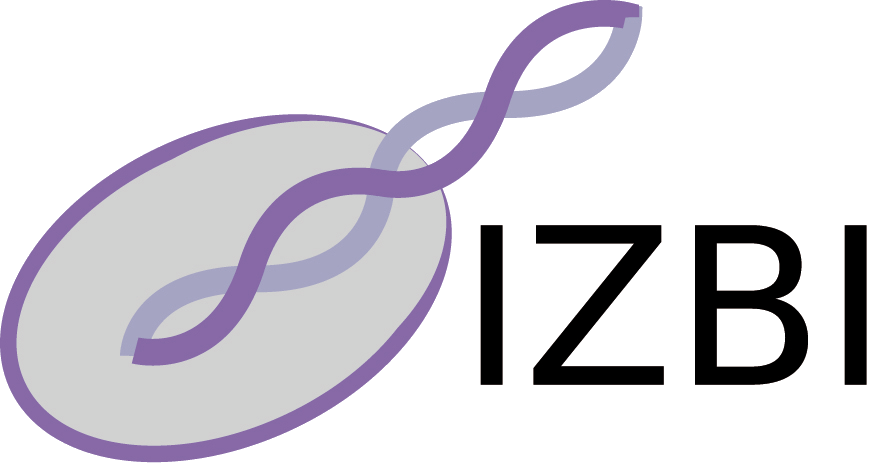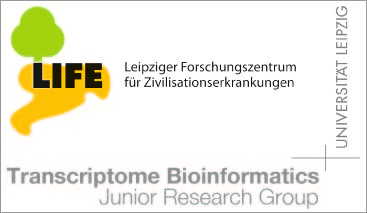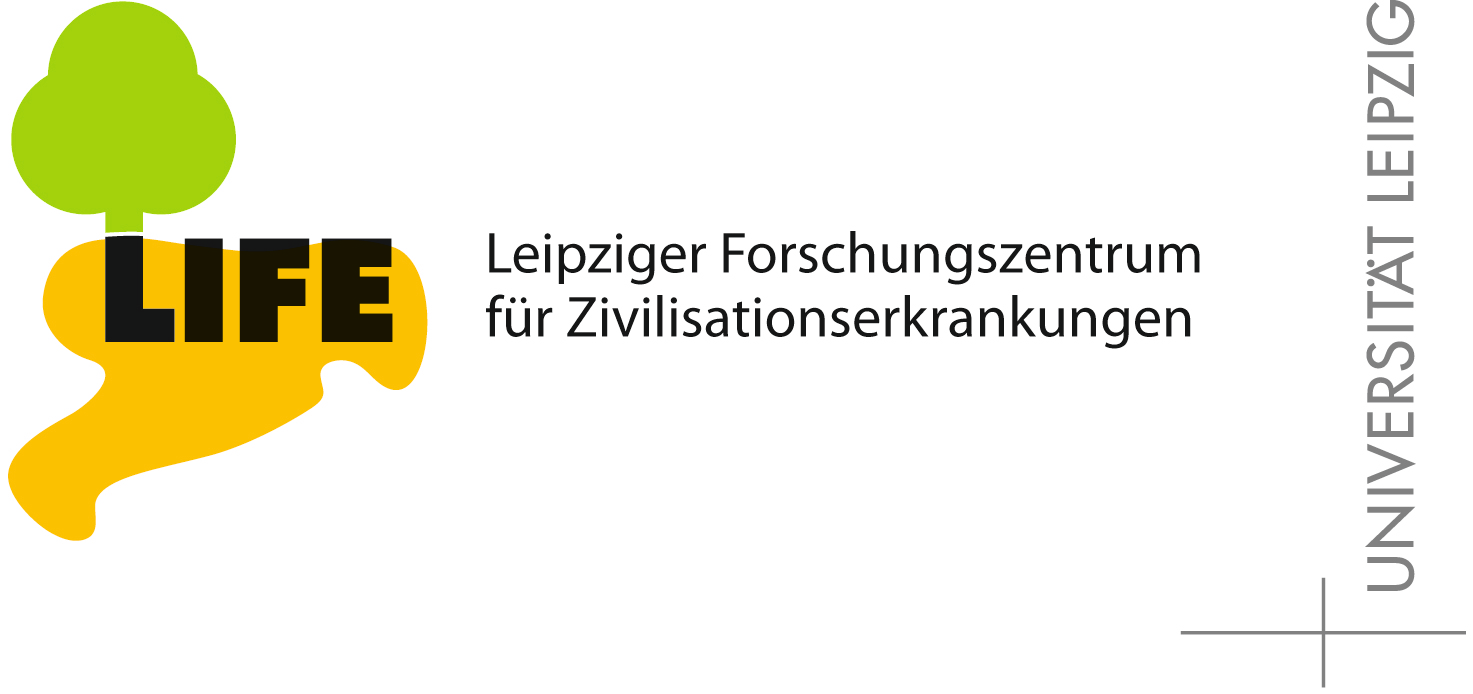Publications - Published papers
Please find below publications of our group. Currently, we list 565 papers. Some of the publications are in collaboration with the group of Sonja Prohaska and are also listed in the publication list for her individual group. Access to published papers ( ) is restricted to our local network and chosen collaborators.
If you have problems accessing electronic information, please let us know:
) is restricted to our local network and chosen collaborators.
If you have problems accessing electronic information, please let us know:
 ) is restricted to our local network and chosen collaborators.
If you have problems accessing electronic information, please let us know:
) is restricted to our local network and chosen collaborators.
If you have problems accessing electronic information, please let us know:©NOTICE: All papers are copyrighted by the authors; If you would like to use all or a portion of any paper, please contact the author.
Hox clusters of the bichir (Actinopterygii, Polypterus senegalus) highlight unique patterns of sequence evolution in gnathostome phylogeny
Jeremy D. Raincrow, Ken Dewar, Li-Zhi Gao, Claudia Stocsits, Sonja J. Prohaska, Ken Dewar, Chris T. Amemiya, Peter F. Stadler, Chi-hua Chiu
Download
Status: Published
J Exp Zool B Mol Dev Evol. 316: 451-64 (2011)
Abstract
The Hox gene complex of gnathostomes represents a highly constrained genetic system. The nature of this constraint, however, remains poorly understood. Evidence from shark, coelacanth, and tetrapods supports that two rounds of whole genome duplications lead to four clusters (HoxA, HoxB, HoxC, HoxD) in the jawed vertebrate ancestor. They exhibit a striking degree of conservation in cluster architecture and intergenic noncoding sequences. A third duplication occurred in the crown group of teleosts producing up to eight Hox clusters. The duplicated Hox clusters of teleosts show dynamic changes in architecture and accelerated rates of evolution in both protein-coding and noncoding sequences, rendering comparisons to outgroup taxa such as human or shark challenging. Using independent strategies including BAC library screening, homeobox PCR surveys, phylogenetic analyses, and examination of patterns of conservation of noncoding sequences we provide conclusive evidence that the bichir (Polypterus senegalus) has four Hox clusters that are orthologous to those of the ancestral gnathostome. Detailed analyses of patterns of conservation of Hox noncoding sequences and invasions of repetitive and mobile DNA sequence elements into Hox clusters of bichir and teleosts highlights a trend towards relaxation of selective constraints acting on actinopterygian Hox clusters that --- surprisingly --- predates the fish specific genome duplication.















